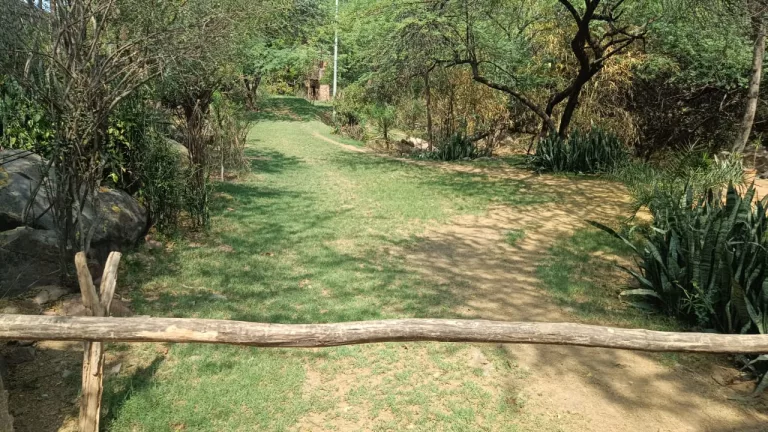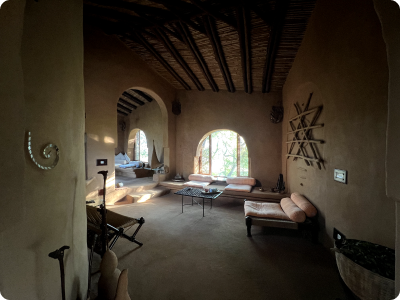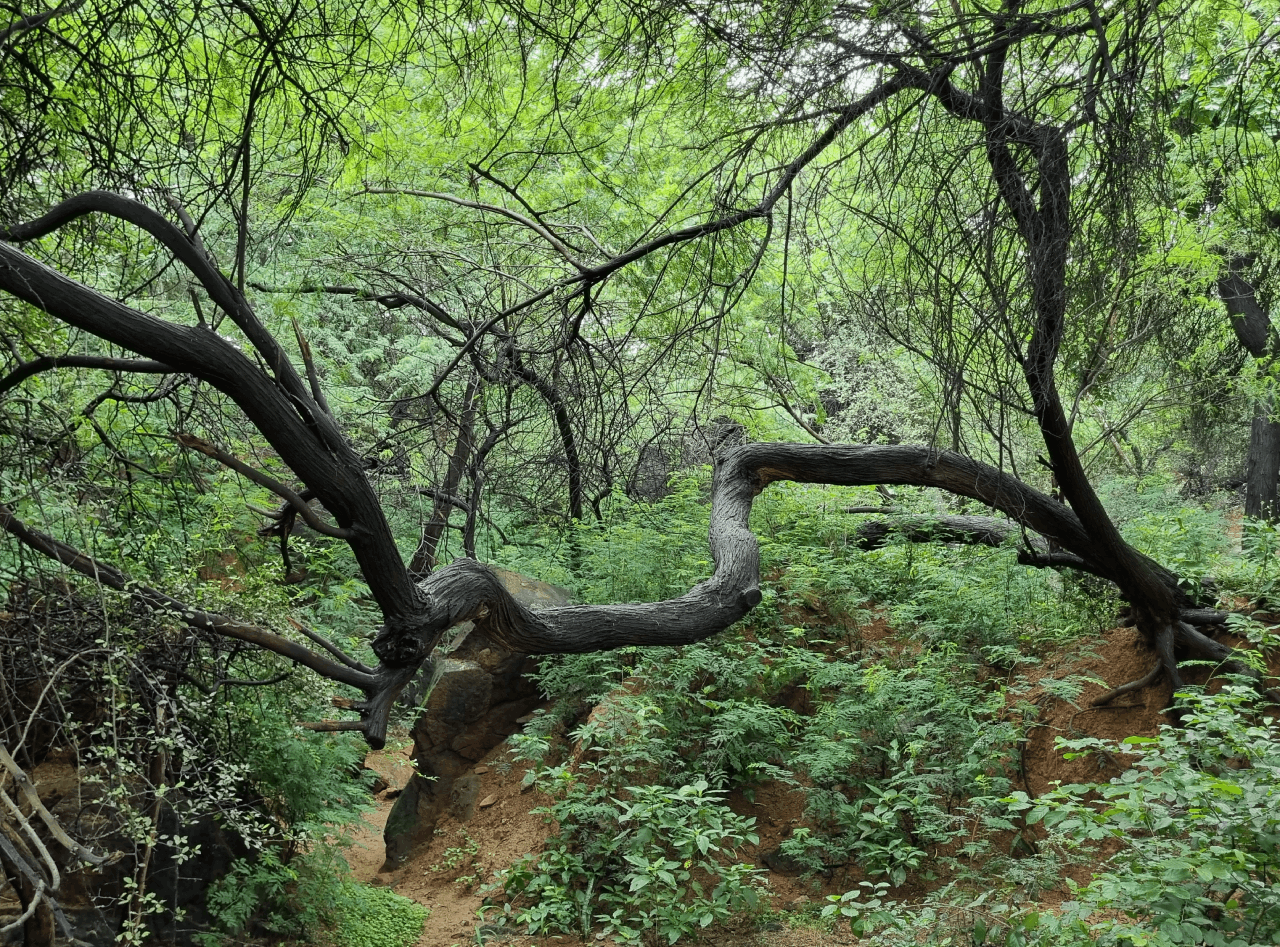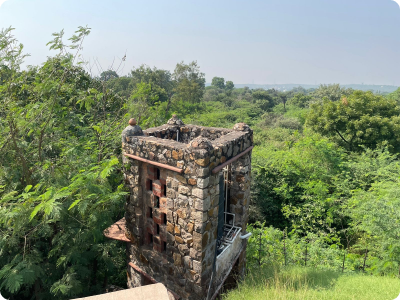This website uses cookies so that we can provide you with the best user experience possible. Cookie information is stored in your browser and performs functions such as recognising you when you return to our website and helping our team to understand which sections of the website you find most interesting and useful.
Login
Not a member? Sign up
Forgot Password
Enter registered email
Reset Password
Enter new password
Signup Now
Already have an Account? Login Now








